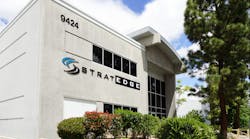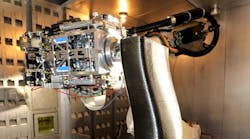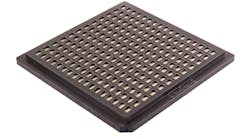Power amplifiers for modern telecommunication systems often must deliver a wide range of output power levels with high efficiency and high linearity. Generally, when designed for the highest power levels with maximum available efficiency, PAs in cellular base stations tend to operate less efficiently at lower power levels, consuming excessive dc power at lower power levels.
In such wireless systems with wide bandwidths and high data rates, transmitted signals are typically characterized by high peak-to-average power ratio (PAR) due to wide and rapid variations of the instantaneous transmit power. Therefore, it is a real challenge to design a base-station PA with high efficiency not only at maximum output power, but also at lower power levels typically 6 dB or less than the maximum output levels, in a configuration with relatively small size and low cost.
By using GaN HEMT technology and innovative Doherty architectures, however, average efficiencies of 50 to 60% and average output powers to 100 W can be achieved that significantly reduce transmitter power consumption. GaN HEMT technology features many benefits, including high breakdown voltage, high current density, high transition frequency (fT), low on-state resistance, and low parasitic capacitance. These characteristics result in high output power, wide bandwidth, and high operating efficiency.








